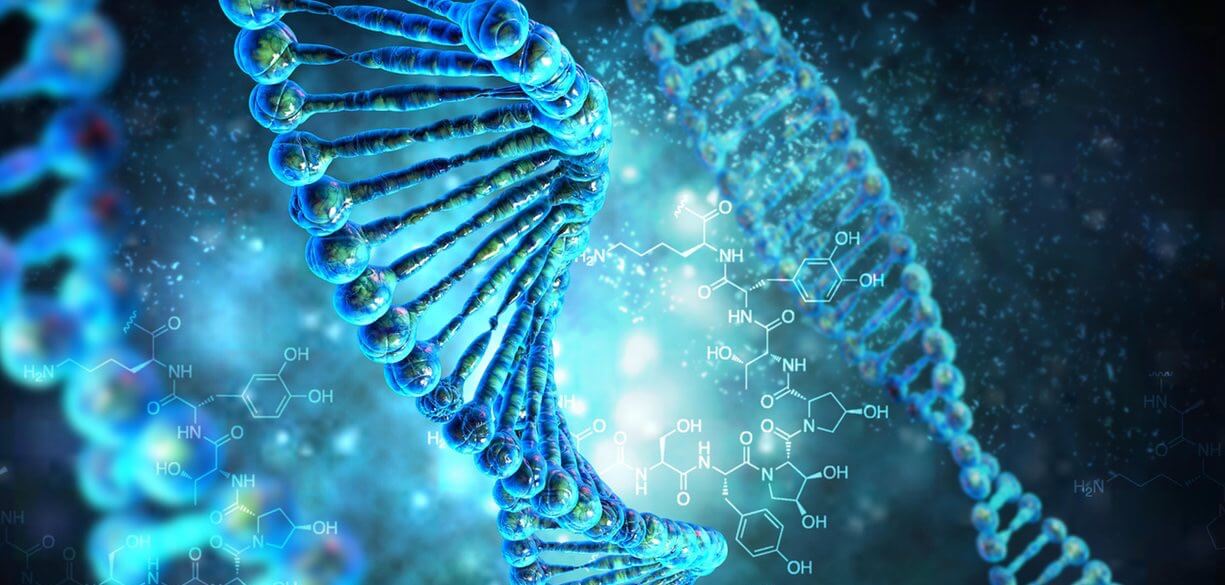- Get link
- X
- Other Apps

In connection with the development of technology and the growth of the transmitted data, specialists are looking for new ways to store information. And recently, a group of scientists from Columbia University and the New York Genome Center have demonstrated a new algorithm for compressing information, allowing it to be packaged as a sequence of four basic DNA bases. It is noteworthy that this method is a modified algorithm, originally intended for video compression for mobile phones.
Scientists have long figured out that DNA molecules are an excellent information carrier due to their compactness and the fact that they can remain unaffected for quite a long time. For example, recently it was possible to restore the genome from the remains of a human ancestor aged 430 thousand years. Thus, even a lost piece of information encoded in DNA can be returned.
For the coding procedure as a sequence of DNA molecules, scientists selected several files: a simple operating system code, a short French film of 1895, an Amazon gift card image, a snapshot of a message from humanity sent aboard the Pioneer spacecraft, and the text of one of Claude Shannon's scientific works. All these files were assembled into one large file, which was cut into a large number of short using a special algorithm, and then the file sections were processed to convert from binary data into a code corresponding to the sequence of the four bases of the DNA molecule. Plus, the algorithm changes the files and for the reverse conversion. As a result of all these actions, a list of 72,000 DNA strands was obtained, each of which consisted of 200 base pairs. Based on this data, Twist Bioscience experts have synthesized an artificial DNA strand. File recovery took place with the help of the usual technology of reading the sequence of the DNA chain. The recovered files did not contain errors, and even managed to successfully install the operating system. This method of compressing and storing information allows you to pack 215 petabytes of data into DNA molecules weighing only 1 gram.
“We believe that we managed to create a data storage device that has the highest value of the information storage density indicator. The maximum capacity of one DNA base is two binary digits. However, the need to include additional information necessary for data recovery in DNA lowers the information capacity of one base to 1.6 bits, which is 60 percent more than what was achieved using other methods, and very close to the theoretical upper limit of 1.8 bits per base. ”
Despite the extremely positive results, at the moment the main obstacle to the use of DNA for recording information is the high cost of the recording and reading procedure. Scientists spent $ 7,000 on DNA synthesis with recording information and $ 2,000 on their transcript.
The article is based on materials .
- Get link
- X
- Other Apps
Comments
Post a Comment